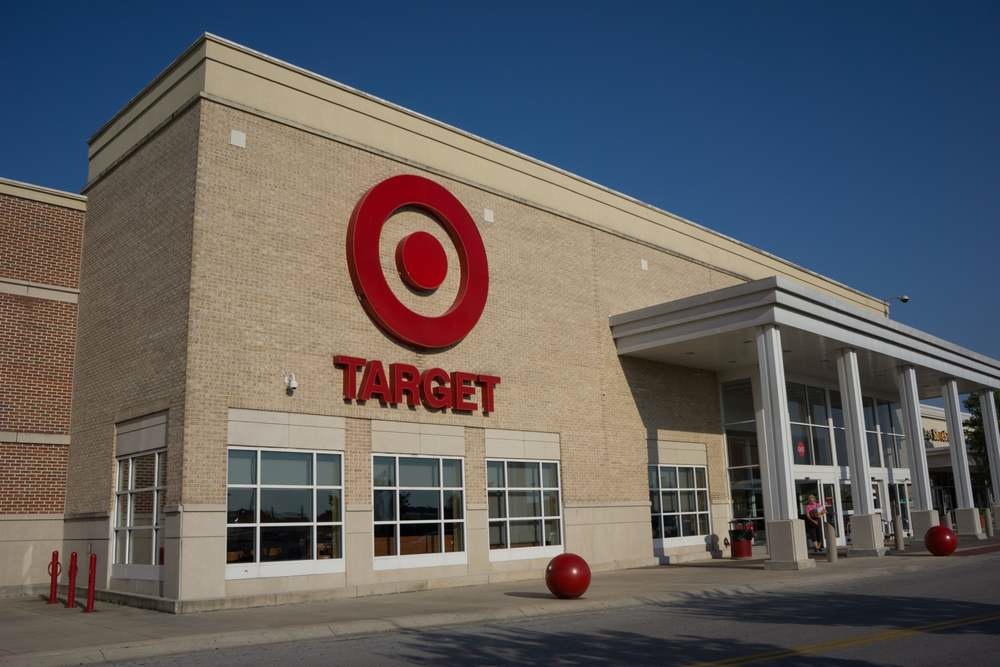There’s more cookies than meet the eye in Target these days: Indoor LED ceiling lights that can ‘spy’ on customers and send promotional messages to their smartphones – such as those that Target is trialling – could turn brick-and-mortar shopping into an online-like experience. Cookies and pop-ups can follow you, even in the physical world.
American retail giant Target has revealed that 100 of its stores are now deploying LED ceiling lights to track in-shop customers and guide them to relevant products via their smartphones, a nascent practice which could become the biggest thing in brick-and-mortar retail technology since the barcode.
The $73 billion chain told Lux that the scheme uses wireless signals that travel between LED lights and shoppers’ Android gadgets. The 100 locations mark the largest known deployment of ‘spy lights’ by any retailer, and could spur broader uptake.
Lux disclosed last April that Target was pioneering the technology at a small number of stores, where it is monitoring customers, pinging them with promotions, guiding them straight to relevant and discounted products, and tying them into loyalty schemes.
At the time the Minneapolis-based group declined to confirm it. The company has now decided to say more. But not much more.
‘This fall, in about 100 stores, Target began testing technology with new LED lights that can provide in-store location information to guests using the Android version of the Target app with select Android phones,’ a spokesperson told Lux. Target calls its customers ‘guests.’ The company made no mention of iPhone support.
Target would not reveal which wireless networking technology it is using. It is believed to be testing both ‘visible light communication’ (VLC), as we reported in April, as well as Bluetooth.
VLC encodes product information in the flickering wavelengths of LED light – the flicker is imperceptible to the human eye – and transmits that information to the camera of a user’s phone. Proponents of VLC say it is more accurate than other technologies such as Bluetooth, and can thus pinpoint a product and a customer’s location in a store and can more precisely steer a customer to a product in a large, difficult to navigate shop.
But advances in the better-known Bluetooth could possibly make it a contender for so-called ‘indoor positioning.’
‘With this pilot, the app provides “blue dot” navigation assistance in the app’s store map to help guests more easily find what they’re looking for as they shop our stores,’ the Target spokesperson said, noting that customers ‘can choose to disable this pilot functionality with the app.’ A ‘blue dot’ denotes a customer’s current location on a floor map of the store displayed on the Target app, he explained.
Other retailers are also experimenting with indoor positioning systems. France’s Carrefour, the world’s third largest retails chain, is running a pilot based on Philips technology at a 7,800-square foot outlet in Lille, France. Philips is considering offering VLC as a service.
GE claims to have two trial VLC customers in Europe and two in the US, although it will not publicly name them.
Target would not reveal the technology provider. In addition to Philips, VLC suppliers include GE, Acuity (which buoyed its VLC capabilities earlier this year by purchasing specialist ByteLight),Qualcomm and Scottish startup PureLiFi, among others. Acuity’s eldoLED division will demonstrate VLC at this week’s LuxLive exhibition in London on Wednesday and Thursday.
Smart lighting startup Gooee is marketing an embedded technology platform that provides indoor positioning through Bluetooth mesh. Indoor positioning is one feature among several in what Gooee calls its ‘IoT Stack’ – an ‘Internet of Things’ engine that when embedded in lights will help them intelligently support a host of operations including people and product tracking, building security, and lighting management and maintenance. Gooee is showing the technology at LuxLive.
Indoor positioning is expected to usher in a brave new era of personalising a shopper’s in-store shopping, and tailoring it with promotions, ads and information in a manner akin to today’s online shopping.


